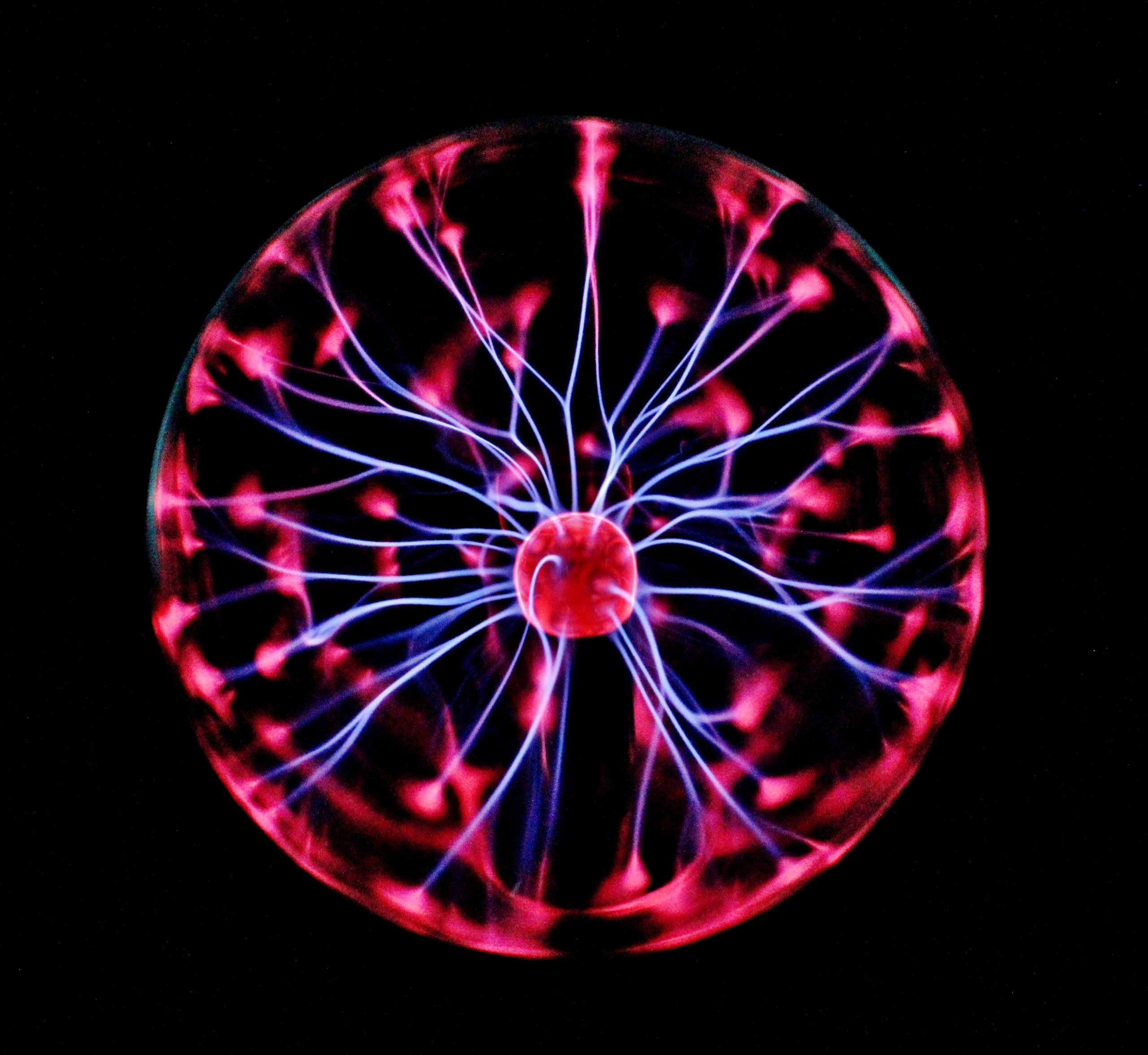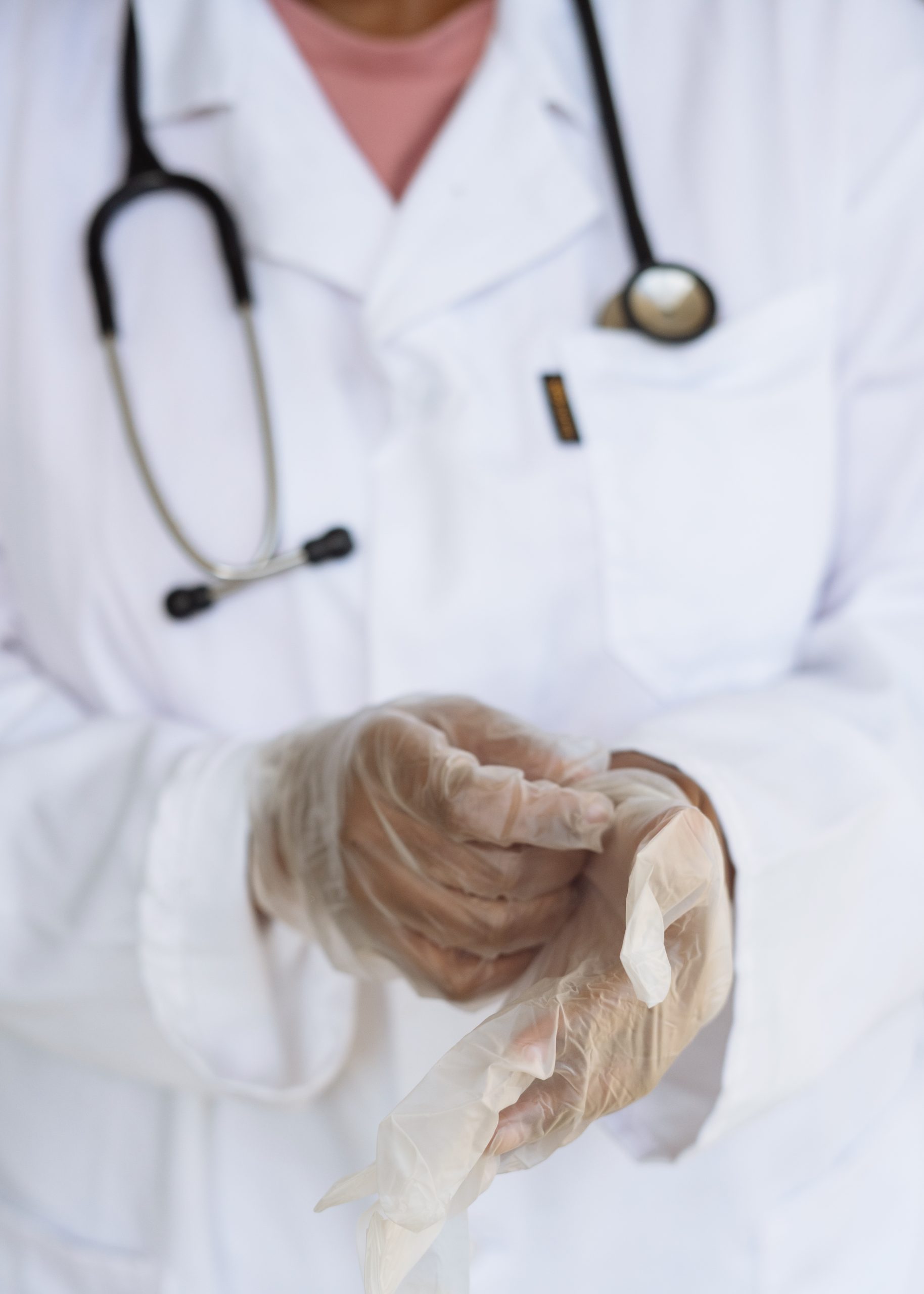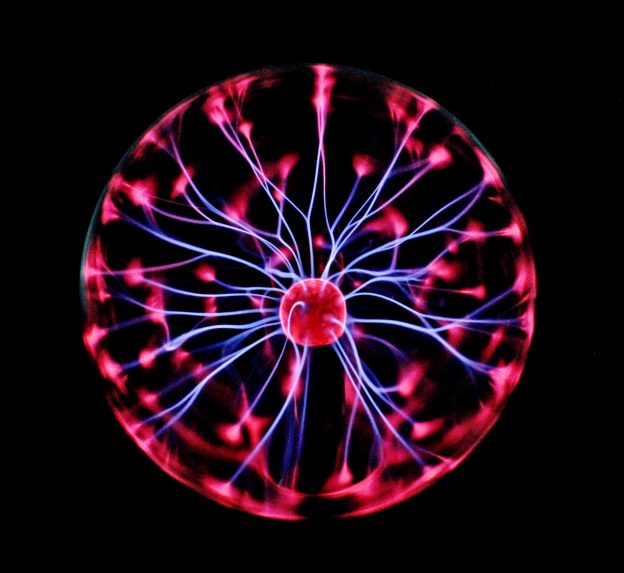Crime Scene Investigation is a crucial aspect of criminal law that involves the collection, analysis, and interpretation of evidence found at a crime scene. As a business owner or the head of a company, understanding the intricacies of crime scene investigation can be beneficial in safeguarding your business and your employees. In this article, we will explore the importance of crime scene investigation, its role in solving crimes, and the value it provides in the legal system. By delving into frequently asked questions about this topic, we aim to provide you with a comprehensive understanding of crime scene investigation and encourage you to seek the expertise of a skilled lawyer who can guide you through any legal challenges your business may encounter.
Crime Scene Investigation

Overview of Crime Scene Investigation
Crime scene investigation is a crucial process that involves the collection, analysis, and interpretation of evidence at the scene of a crime. It plays a vital role in the criminal justice system by providing crucial information to investigators, prosecutors, and defense attorneys. The goal of crime scene investigation is to reconstruct the events that occurred, identify the perpetrator, and gather evidence to support the legal proceedings.
Importance of Crime Scene Investigation
Crime scene investigation is of paramount importance in the legal system as it provides crucial evidence that can make or break a case. By meticulously documenting and preserving the evidence found at the crime scene, law enforcement agencies ensure the integrity and admissibility of evidence in court. Crime scene investigation helps establish a chain of custody for the evidence, ensuring that it was handled and stored properly to prevent contamination or tampering.
Additionally, crime scene investigation helps identify key witnesses, uncover potential motives, and provide insights into the modus operandi of the perpetrator. This information is vital in building a solid case and ensuring a fair and just resolution.
Process of Crime Scene Investigation
The process of crime scene investigation involves various stages, each with its own set of protocols and procedures. These stages include the initial assessment of the crime scene, securing and isolating the crime scene, documenting the crime scene, collecting and preserving evidence, analyzing and processing evidence, fingerprint analysis, DNA analysis, interpreting findings, and ultimately drawing conclusions.
Initial Assessment of the Crime Scene
When law enforcement arrives at a crime scene, their first priority is to ensure the safety of everyone involved and assess the overall situation. This involves identifying potential hazards, such as weapons, volatile chemicals, or other dangers, and taking appropriate safety precautions. Once the scene is secured, investigators can begin their assessment and determine the scope and nature of the crime.
Securing and Isolating the Crime Scene
Securing and isolating the crime scene is crucial to maintain the integrity of the evidence. This involves setting up physical barriers, such as crime scene tape or barricades, to prevent unauthorized individuals from entering the area. It also includes controlling access to the scene by limiting the number of personnel and documenting everyone who enters or exits.
Documenting the Crime Scene
Thorough documentation of the crime scene is essential to capture the details and physical layout of the area. This includes taking written notes, sketching diagrams, and creating a comprehensive inventory of all evidence collected. Photographs and videos are also taken to visually document the scene and provide a permanent record for future reference.

Photography and Videography in Crime Scene Investigation
Photography and videography are invaluable tools in crime scene investigation. They provide a visual record of the crime scene, capturing details that may be overlooked or missed during initial observations. Close-up shots of evidence, wide-angle shots of the entire scene, and aerial photography can all reveal important information that aids in the investigation. These visual records help in analyzing the scene, presenting evidence in court, and assisting with witness testimonies.
Collecting and Preserving Evidence
Collecting and preserving evidence is a critical aspect of crime scene investigation. Every piece of evidence, no matter how small or seemingly insignificant, can potentially provide invaluable information. Investigators use various techniques, such as swabbing for DNA, fingerprint collection, and collecting trace evidence, to ensure that essential evidence is not overlooked. Proper packaging and labeling are essential to maintain the integrity of the evidence and prevent contamination.

Analyzing and Processing Evidence
Once evidence is collected, it undergoes a meticulous analysis and processing phase. This involves conducting tests, examinations, and comparisons to identify and link the evidence to potential suspects. Forensic experts examine fingerprints, DNA samples, ballistics evidence, and other types of evidence to gather information that could be crucial in solving the case.
Fingerprint Analysis in Crime Scene Investigation
Fingerprint analysis is a well-established technique used in crime scene investigation. Fingerprints are unique to each individual and can be an essential piece of evidence in identifying suspects or linking them to the crime. Investigators use specialized techniques to collect, analyze, and compare fingerprints found at the crime scene to known prints in their databases.
DNA Analysis in Crime Scene Investigation
DNA analysis has revolutionized crime scene investigation and has become an indispensable tool in identifying suspects. DNA samples collected from the crime scene can be compared to known DNA profiles or entered into DNA databases to identify potential matches. DNA evidence can establish links between suspects, victims, and the crime, providing compelling evidence in court.
Interpreting Findings and Drawing Conclusions
After the evidence has been analyzed and processed, it is crucial to interpret the findings and draw logical and supported conclusions. This requires the expertise of forensic specialists who can provide expert opinions and testify in court if necessary. Interpreting the evidence accurately is essential to ensure a fair and just legal process.
Challenges in Crime Scene Investigation
Crime scene investigation presents numerous challenges that investigators must navigate. Time is of the essence in collecting and preserving evidence, as the scene can change rapidly or be contaminated. The complexity of the crime scene, including its size, physical layout, or environmental factors, can also pose significant challenges. Additionally, the presence of biased witnesses, false leads, or intentional tampering can further complicate the investigation process.
Common Misconceptions About Crime Scene Investigation
There are several misconceptions surrounding crime scene investigation due to its popular portrayal in media. One common misconception is the idea that solving crimes is a quick and straightforward process. In reality, crime scene investigations require meticulous attention to detail, thorough analysis, and collaboration between various experts. Another misconception is that all evidence collected is admissible in court. Strict protocols must be followed to ensure the admissibility of evidence, and defense attorneys often challenge its reliability and integrity.
Frequently Asked Questions (FAQs) about Crime Scene Investigation
Q: How long does a crime scene investigation typically take?
A: The duration of a crime scene investigation can vary depending on various factors, such as the complexity of the case, the size of the crime scene, and the availability of forensic resources. It can range from a few hours to several days or even weeks.
Q: Can evidence from a crime scene be contaminated?
A: Yes, evidence can be easily contaminated if proper protocols are not followed. Investigators take great care to prevent contamination by wearing protective gear, using sterile tools, and following strict procedures.
Q: How important is the documentation of a crime scene?
A: Proper documentation of a crime scene is crucial as it provides a visual record of the evidence, layout, and conditions present at the time. It also helps ensure the accuracy and reliability of the investigation process.
Q: What happens to the evidence after it is collected?
A: After evidence is collected, it is carefully packaged, labeled, and transported to the appropriate forensic laboratories for analysis. It is stored in secure facilities to maintain its integrity until it is needed for court proceedings.
Q: Can a crime scene investigation conclusively prove guilt or innocence?
A: While crime scene investigations can provide crucial evidence in a case, they alone cannot conclusively prove guilt or innocence. Crime scene evidence must be considered along with other pieces of evidence, witness testimonies, and legal arguments to reach a verdict.
In conclusion, crime scene investigation is a vital process in the criminal justice system. It serves the purpose of uncovering the truth, identifying the perpetrator, and providing evidence to support legal proceedings. By following rigorous protocols, collecting and analyzing evidence, and interpreting findings, crime scene investigators play a crucial role in ensuring a fair and just legal process.



